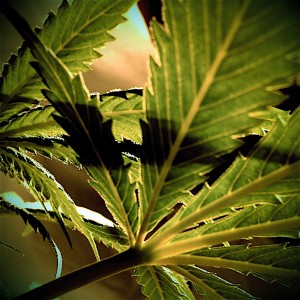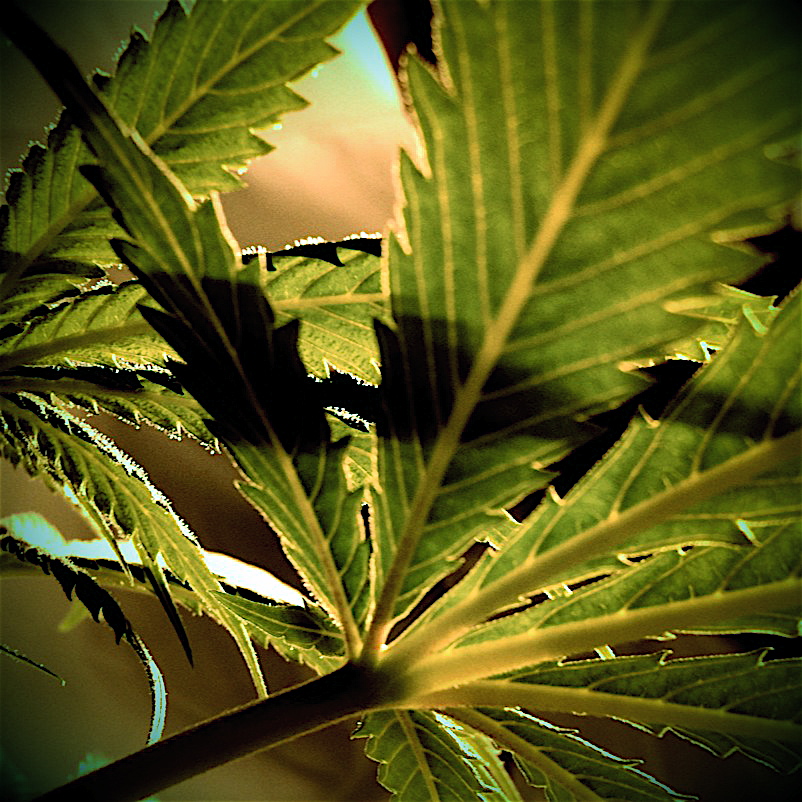
By Editorial Board
Virginian-Pilot
Leaders of America’s Drug Enforcement Administration have long demonstrated a shockingly casual relationship with facts and science on drug risks.
The idea that marijuana — completely legal in several states and available for medical use in most — should be listed on the same Schedule 1 with heroin, bath salts and Ecstasy is the kind of laughable conclusion only a zealot could justify.
The DEA is supposed to be a dispassionate law enforcement agency, doing its best to keep America safe. But when it wastes time, energy and money on the indefensible, it undermines the agency’s very legitimacy.
Take cannabidiol, commonly called CBD.
Earlier this month, the DEA classified CBD, along with other marijuana derivatives, as Schedule 1 drugs, which means they have “no currently accepted medical use and a high potential for abuse.”
Except that’s simply not true. CBD — which doesn’t impart the high of THC — has well-established medical uses.
According to a 2013 study published in the British Journal of Clinical Pharmacology, “CBD acts in some experimental models as an anti-inflammatory, anticonvulsant, anti-oxidant, anti-emetic, anxiolytic and antipsychotic agent, and is therefore a potential medicine for the treatment of neuroinflammation, epilepsy, oxidative injury, vomiting and nausea, anxiety and schizophrenia, respectively.”





